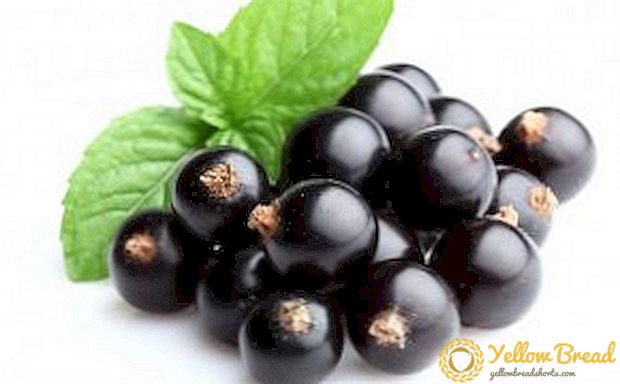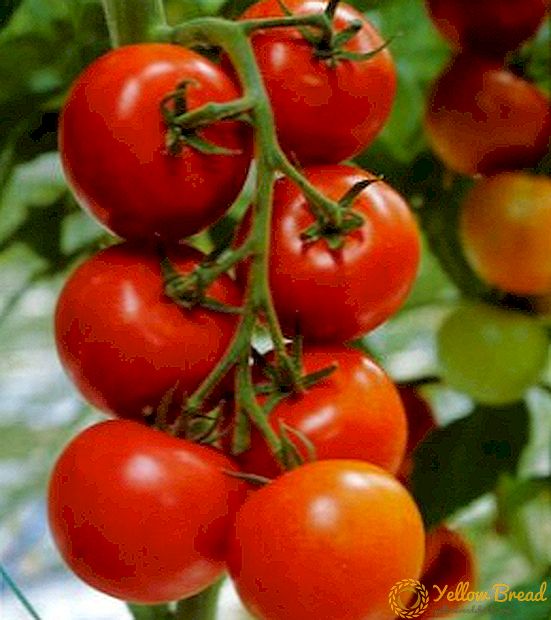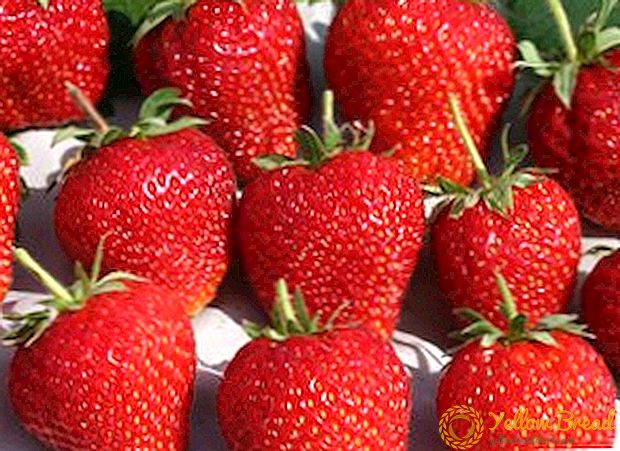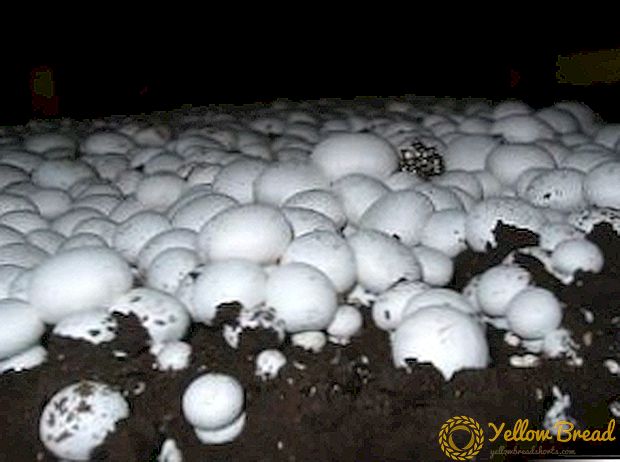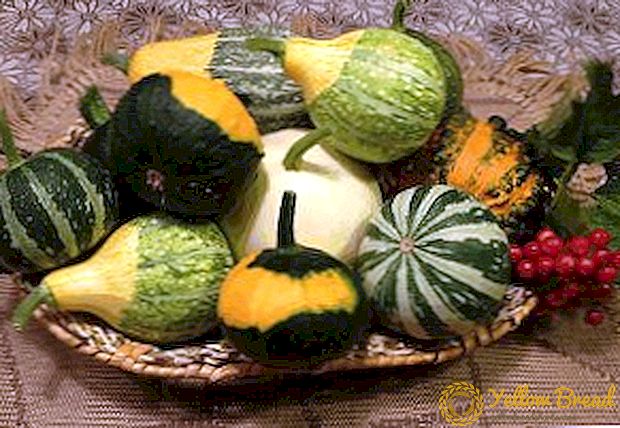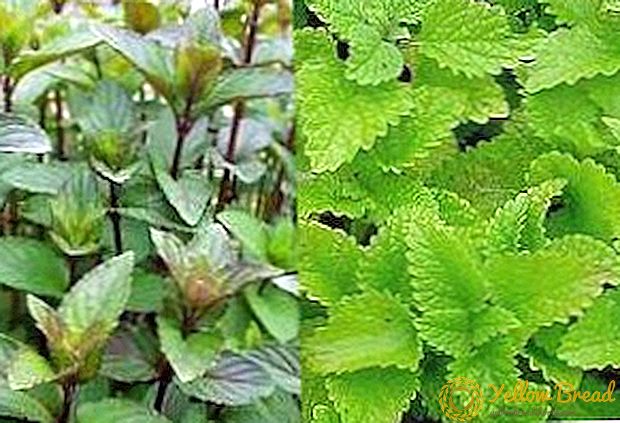 In the suburban areas and near the private estates are often found such fragrant plants as mint and lemon balm. Most people probably brewed them as tea more than once, but you cannot always be sure which plant is in front of you. They have a similar appearance and aroma, which is why confusion arises. How to distinguish mint from lemon balm and what are the characteristic features of each plant, this article will tell.
In the suburban areas and near the private estates are often found such fragrant plants as mint and lemon balm. Most people probably brewed them as tea more than once, but you cannot always be sure which plant is in front of you. They have a similar appearance and aroma, which is why confusion arises. How to distinguish mint from lemon balm and what are the characteristic features of each plant, this article will tell.
- Are mint and lemon balm the same thing?
- How to distinguish between mint and lemon balm in appearance
- Does the smell of lemon balm and mint
- Significant difference in chemical composition and properties
- What are plants like mint?
Are mint and lemon balm the same thing?
To better understand the differences between these two plants turn to botany. Peppermint is called the genus of plants of the family Laminae, all species of which have a strong aroma, and many of them also contain a large amount of menthol.
Melissa and mint have significant differences in other characteristics, so it is safe to say that they are different plants, although it is often believed that mint is lemon balm.
How to distinguish between mint and lemon balm in appearance
If you carefully consider both plants, you will surely notice that they have differences in appearance. In mint, the stem is straight, and the purple flowers are collected in inflorescences resembling spikes. The plant does not grow above one meter, although in most cases it is even lower (up to 30 cm). The leaves are mostly oval, but may also have a lanceolate form with a pointed end. The roots are thin, fibrous.
Mint fruiting is a rare occurrence, but if you are lucky and you see its fruit, it will be slightly rough and may have hairs in the upper part. Inside it contains four small nuts. 
In Melissa, the stem forks (hairs on the surface), and the flowers are collected in false rings (6-12 pieces each) and are painted in purple tones.The maximum height of the plant reaches 1.5 meters, although it is usually somewhat lower. Leaves, like the fruit, are characterized by an oval (ovoid) shape.
Does the smell of lemon balm and mint
Perhaps the most characteristic difference between mint and melissa is the smell. Mint has pronounced aphrodisiac properties and is distinguished by a refreshing menthol aroma. Melissa is also characterized by a pleasant smell, but not so saturated, with a predominance of light lemon notes. This plant is a large honey plant, therefore it is well suited for growing near apiaries.
The difference between mint and melissa in terms of aromatic properties is more noticeable than when visually inspecting plants, which is why many summer residents distinguish them only because of this nuance.
Significant difference in chemical composition and properties
 It is no secret that mint has an excellent tonic effect, and lemon balm is very soothing, which is largely due to their chemical composition. So, mint contains a large amount of essential oils, and also has a high content of saturated acids (0.246 g), fats (0.94 g) and dietary fiber (8 g). In addition, the plant is present and many vitamins: A, B1, B2, B3, B6, B9, C, PP, and among the minerals emit copper, manganese, calcium, phosphorus, magnesium, zinc, iron, potassium and sodium. Due to this composition, the difference between melissa and mint is also in the analgesic effect of the latter, as well as in its anti-inflammatory, diuretic and choleretic properties.
It is no secret that mint has an excellent tonic effect, and lemon balm is very soothing, which is largely due to their chemical composition. So, mint contains a large amount of essential oils, and also has a high content of saturated acids (0.246 g), fats (0.94 g) and dietary fiber (8 g). In addition, the plant is present and many vitamins: A, B1, B2, B3, B6, B9, C, PP, and among the minerals emit copper, manganese, calcium, phosphorus, magnesium, zinc, iron, potassium and sodium. Due to this composition, the difference between melissa and mint is also in the analgesic effect of the latter, as well as in its anti-inflammatory, diuretic and choleretic properties.
The chemical composition of lemon balm is very similar to the composition of mint. Of course, it does not contain fatty acids and dietary fiber, but consists of the same vitamins and minerals, only in a different concentration. Vitamins A, B1, B2, B6, B9 and vitamin C, as well as the already mentioned copper, zinc, phosphorus, sodium, manganese, calcium, potassium, magnesium, and iron are represented in the lemon balm.
What are plants like mint?
 So, we have already figured out how melissa differs from mint in terms of appearance and chemical properties, but this does not mean that you will not confuse these plants with others similar to them. If we take into account only the external similarity and do not take into account the fragrant qualities,then mint is very similar to mute nettle (white yarnotka) and some other members of the Yasnotkov family: creeping zyuvka, European zyuznik, Dubrovnik ordinary, common pachuchka, Chernogolovka ordinary and kurovnikovy perch.
So, we have already figured out how melissa differs from mint in terms of appearance and chemical properties, but this does not mean that you will not confuse these plants with others similar to them. If we take into account only the external similarity and do not take into account the fragrant qualities,then mint is very similar to mute nettle (white yarnotka) and some other members of the Yasnotkov family: creeping zyuvka, European zyuznik, Dubrovnik ordinary, common pachuchka, Chernogolovka ordinary and kurovnikovy perch.
- pepper (most often diluted for use in cooking, medicine or for domestic purposes);
- curly (characterized by a delicate aroma and lack of a sharp cooling taste);
- Japanese (differs in rather large lilac flowers);
- long-leaf (grown on plantations to obtain essential oil);
- meadow (presented in the form of a wild plant, which most often grows throughout the site);
- cat or catnip (the most attractive species for cats, which, like Melissa, has a light lemon scent).
Some summer residents often confuse melissa and catnip, but in fact these two plants have significant differences. First of all, the chemical composition of the oils and their quantity cannot be called the same, although the aroma of this plant is very similar to melissa medicinal. Different and the growing area of these plants. While catnip is more common in the forest-steppe zone, in the Crimea, in the Caucasus or the Far East, mint and lemon balm are preferred more by the southern regions. 

